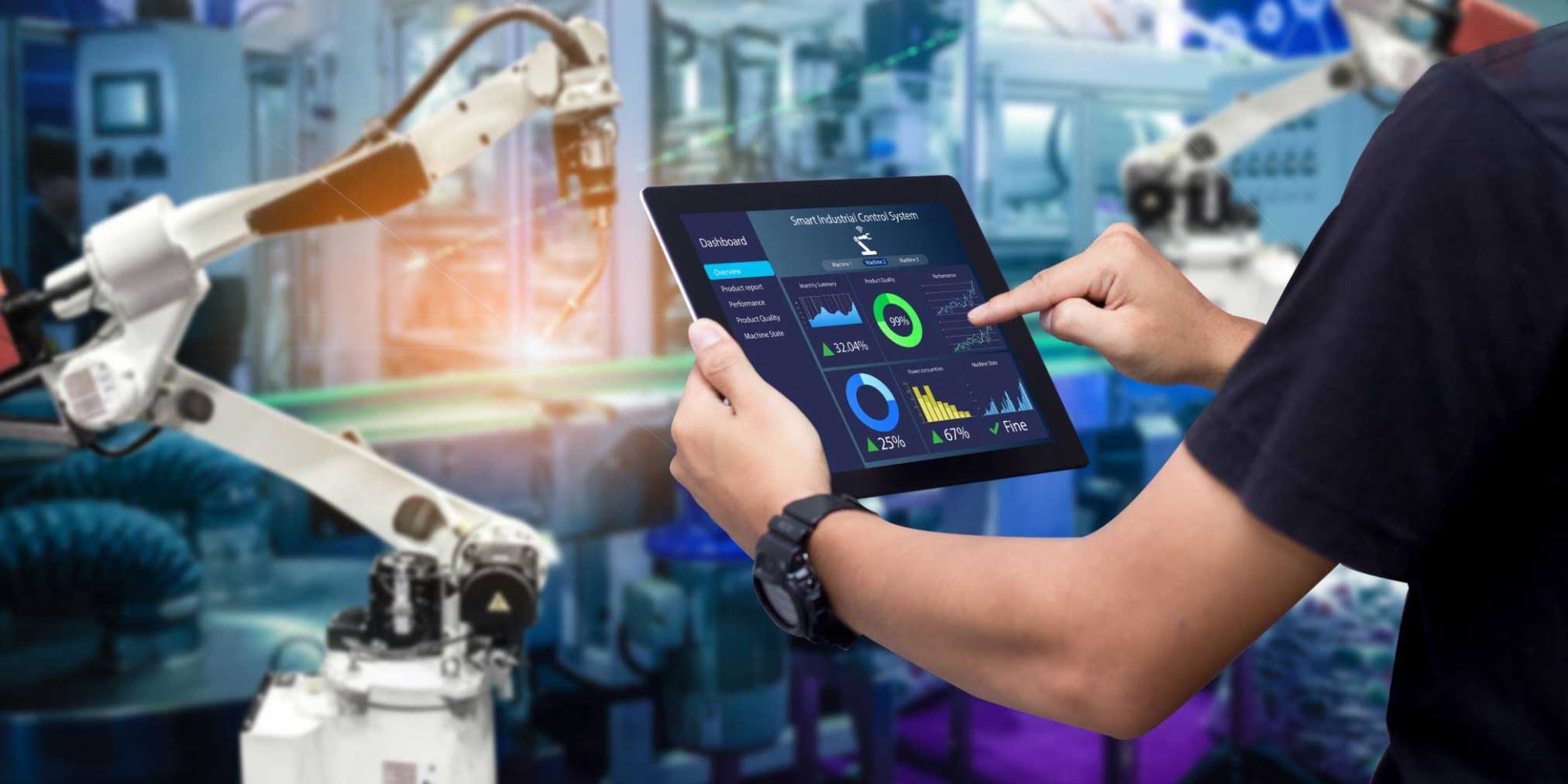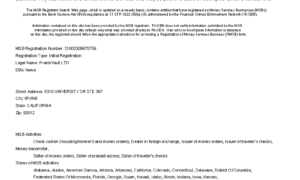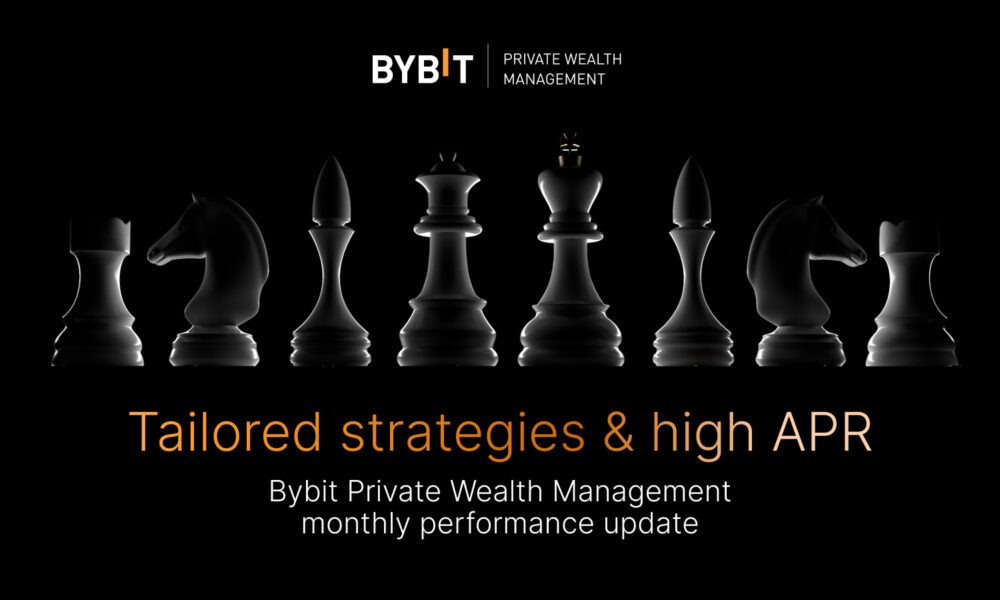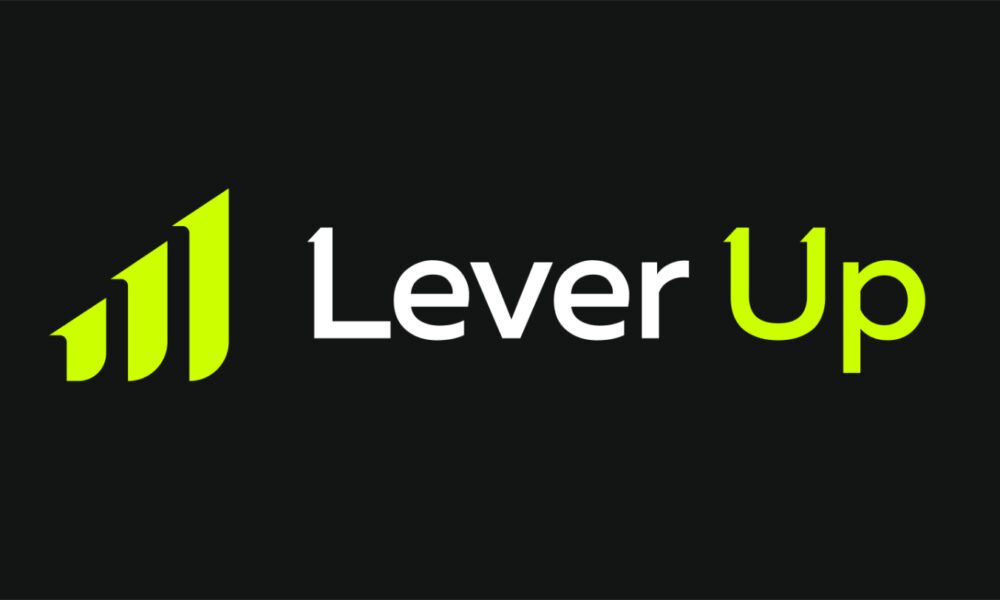Big Data dashboards and vibration-monitoring sensors have become as common on Houston drilling pads as hard hats and flame-resistant coveralls. From predictive-maintenance algorithms that flag failing pumps to thermal cameras that watch for methane flares, artificial intelligence (AI) and the Internet of Things (IoT) promise a safer, leaner energy industry. So why are Texas oilfield fatality numbers essentially stuck in place?
A Digital Safety Net—With Holes
The Dallas Federal Reserve’s 2024 survey of Permian Basin operators found AI adoption “moving well beyond the behemoths,” with producers deploying machine-learning models for drilling, process automation, and equipment health. Their goal is clear: keep people out of harm’s way by letting software anticipate danger. Halliburton’s real-time well-monitoring systems, deployed across thousands of wells, have reported significant reductions in false safety alerts, according to company benchmarks.
Yet on-the-ground results tell a different story. Texas still recorded 41 fatal occupational injuries in oil and gas extraction during 2022, and transportation incidents remained the leading killer. Between 2018 and 2023, the state’s rigs and pipelines accounted for 219 of the 470 oilfield deaths nationwide—roughly four times the toll in North Dakota. Clearly, sensors alone are not the silver bullet.
Five Reasons Tech Falls Short
- Blind Spots in the “Edge.”Remote West Texas fields often lack stable cellular or satellite bandwidth. When an IoT gateway drops offline, sensor data pools in local memory—or never transmits—leaving predictive models flying blind just when crews need them most.
- Human-Machine Handoff.AI excels at detection but can’t enforce compliance. If a supervisor ignores a safety alert because production targets loom, the risk meter still goes red. Behavior-based safety programs have to evolve alongside the gadgets.
- False Positive Fatigue.Even with improved algorithms, plant operators complain that 10 to 20% of alerts trigger unnecessary shutdowns. Over-alerting trains crews to silence alarms, undercutting the very culture AI is meant to improve.
- Aging Iron Meets New Code.Many Houston-area wells run on decades-old infrastructure. Retrofitting smart sensors onto legacy blowout preventers or mud pumps is expensive—and often incomplete—creating islands of visibility separated by miles of guesswork.
- Data Ownership & Liability.Operators worry that sharing granular maintenance data with third-party AI vendors could resurface in court after an incident. Legal uncertainty slows deployment and limits the depth of analytics.
The Legal Reality When Tech Isn’t Enough
When pneumatic valves stick or a truck rolls over on a dusty lease road, injured workers quickly discover that “predictive maintenance” doesn’t pay medical bills. Victims still need an advocate who understands both the technology and the human cost. A seasoned Houston oilfield accident lawyer can subpoena sensor logs, expose ignored warnings, and establish whether an employer’s rush to meet quotas overrode AI-generated safety flags.
Flash-fire survivors face parallel challenges.
Burn patterns can reveal whether a thermal camera caught the ignition sequence—or failed. For those cases, Houston burn injury attorneys investigate combustible-dust protocols and flame-detector calibration records, translating technical breadcrumbs into courtroom evidence.
Bridging the Last Mile of Safety
AI vendors are now layering physics-based digital twins over machine-learning outputs, aiming to predict cascading failures instead of isolated faults. These advances will close some gaps—but only if companies pair them with a culture that treats every alert as actionable. Until then, Houston’s roughnecks continue to rely on a mix of hardwired experience and litigators ready to hold operators accountable when the smart gear blinks and tragedy slips through. For workers and families navigating the aftermath, technology may form the first line of defense, but the courtroom often becomes the last.





























